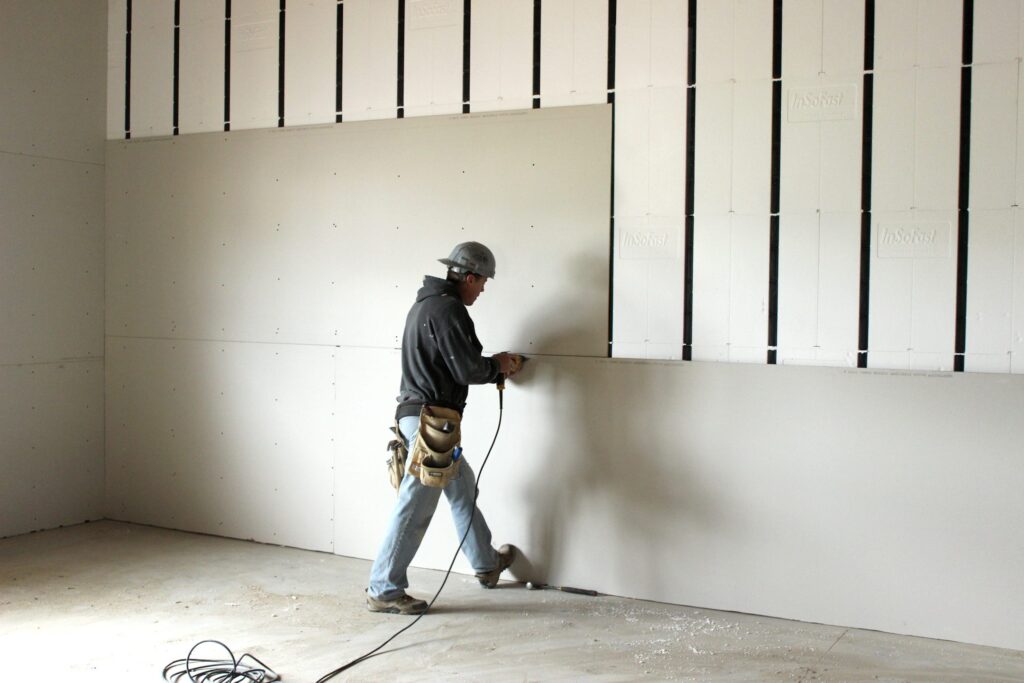Basements are notorious for flooding, mold, heat loss, and other subterranean-related damage. As a homeowner, if you can find a reasonable, cost effective way to prevent these problems, should you consider insulating the exterior basement walls?
Using InSoFast Exe 2.5 panels as an exterior shield provides two-fold advantages: prevention of heat loss and protection against weather and moisture. Gain these benefits quickly and easily by applying these interlocking, continuous insulation panels to the exterior of your home’s basement walls.
Preventing Heat Loss
All walls, but particularly those in basements, often see heat loss at areas where the studs lie. Traditional insulation can settle and, even when gaps are sealed, the material that serves as the stud often conducts heat outward while trouble spots arise within the coverage that should be supplied by the settled insulation.
Preventing the heat loss at the stud’s location is one of the hallmarks of the InSoFast panel design. Recessed within the insulation, the non-ferrous stud material is positioned so that conductive actions can’t occur, preventing a loss in the insulation power of the panel. The tongue and groove connections also keep these gaps from existing, meaning that more heat is retained, and the InSoFast panel, with an R-value of 10, outperforms other options with supposed R-values of 15 or more.

Protecting against Weather and Moisture
Another major enemy of the basement is moisture. Both wind-driven rain and seepage from ground contact result in moisture, mildew, and rot in many homes. With an exterior application of InSoFast panels, you can protect your home from these issues. The application is easy; you can place it over the home’s protective barrier. It offers moisture protection on both sides with drainage corridors that prevent water from gathering on the wall while also preventing the accumulation of vapor for potential condensation. With water in all forms directed away from the wall, mildew can’t set in because the wall dries as it should.
The prevention of any moisture accumulation makes InSoFast Exe 2.5 the clear choice for the external application of insulation for your basement. This R-10 level continuous insulation (CI) is made of EPS, otherwise known as Expanded Polystyrene Foam. It isn’t porous and is fully approved for below, above, and at ground level projects.
Basic Features Highlight Suitability for Any Project
In addition to the effectiveness of InSoFast in the realms of energy efficiency and moisture protection, these panels are also incredibly easy to install. Cut down on labor costs and the potential for mistakes with this product.
Key features include interlocking components, stud indicators, and cutting lines. All you’ll need for this job is a utility knife for trimming, spray foam for small gaps and creases, Loctite glue to secure the panels, and a saw for cutting. Using static guard will make cleaning easier after the project is done and, with the versatility of this product, waste will be minimal, if any.
Made in America in the states of South Dakota, Massachusetts, Maryland, and Idaho, InSoFast provides an affordable, convenient, and ingenuous solution to insulation demands. With an understanding of how well this product works and how easy it is to apply, the question of whether you should, in fact, insulate your exterior basement walls is easy to answer!


